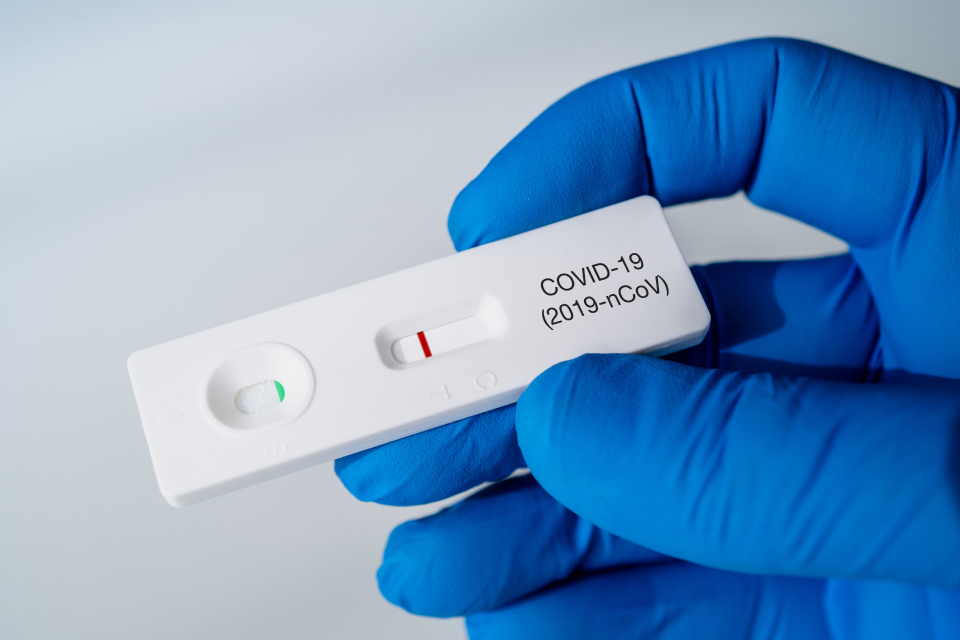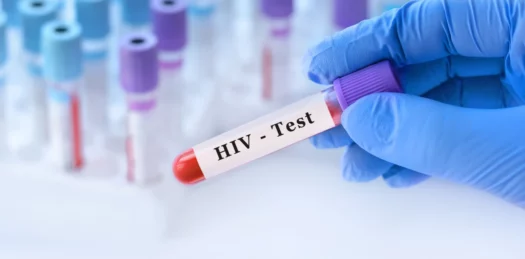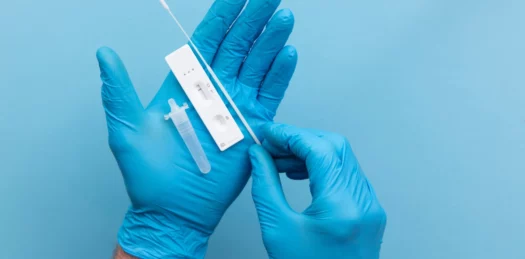Access to accurate and easy-to-use diagnostic tests is essential for public health, but many testing tools are not designed with all users in mind. Individuals with disabilities, mobility challenges, or low health literacy often struggle to use rapid diagnostic tests, limiting their ability to manage their health effectively. To address this critical gap, the WHO has developed new guidance aimed at improving accessibility in diagnostic testing, ensuring that no one is left behind in healthcare advancements.
The COVID-19 pandemic dramatically accelerated the development and adoption of diagnostic tests, particularly in vitro diagnostics (IVDs). With a surge of new products entering the market, public awareness of testing practices has significantly increased. However, despite the widespread use of diagnostic tools—from HIV professional-use rapid diagnostic tests to COVID-19 self-tests—many manufacturers fail to consider accessibility needs.
People with disabilities, including those with vision impairment, mobility limitations, intellectual disabilities, psychosocial or cognitive impairments, and individuals with low health literacy, often face challenges in using these tests effectively. Currently, no global guidance exists to help manufacturers design rapid diagnostic tests (RDTs) that are truly accessible to all users.
WHO’s Efforts to Improve Diagnostic Test Accessibility
Recognizing this gap, the World Health Organization (WHO) has drafted a document titled “Rapid Diagnostic Test Accessibility Considerations: For Professional Use and Self-Tests.” This resource aims to provide manufacturers with practical guidance on designing or adapting diagnostic tests to be more inclusive and user-friendly for all populations.
Key Focus Areas of the WHO Guidance
- Inclusive Design for All Users
The guidance emphasizes the need for test kits to be accessible to individuals with various disabilities. This includes considerations for:
- Visual impairments – Incorporating tactile elements or audio instructions.
- Mobility limitations – Ensuring ease of handling and minimal dexterity requirements.
- Cognitive or psychosocial disabilities – Simplifying test procedures and instructions.
- Low health literacy – Using clear, non-technical language with visual aids.
2. Addressing Barriers in Self-Testing
For self-administered diagnostic tests, accessibility is even more critical. The WHO document highlights the importance of intuitive packaging, clear step-by-step instructions, and alternative communication formats such as braille, large print, or digital guides.
3. Industry Collaboration for Better Solutions
Manufacturers, public health practitioners, and regulatory bodies must work together to ensure accessibility is embedded into the design and production of rapid diagnostic tests. The WHO guidance aims to bridge this gap by offering standardized recommendations to make tests more universally usable.
Invitation for Stakeholder Feedback
Before finalizing this document, WHO is inviting feedback from all relevant stakeholders, including:
- Public health professionals and national program representatives
- Experts across various disease areas
- Organizations of persons with disabilities
- Civil society groups and advocacy organizations
- End-users of diagnostic tests
- Manufacturers, donors, and diagnostics experts
WHO encourages industry leaders and healthcare professionals to review the draft guidance and contribute insights through an online survey.
Complete the online survey here: WHO’s survey
Deadline for submission: 11 February 2025
Ensuring that rapid diagnostic tests are accessible to all users is not just a matter of convenience—it is a fundamental aspect of equitable healthcare. The WHO’s draft guidance is a crucial step in bridging the accessibility gap, but its success depends on collaborative input from stakeholders across the healthcare and diagnostics sectors.
Link to the document:
For the full MHRA guidance, visit the official WHO’s draft guidance.









